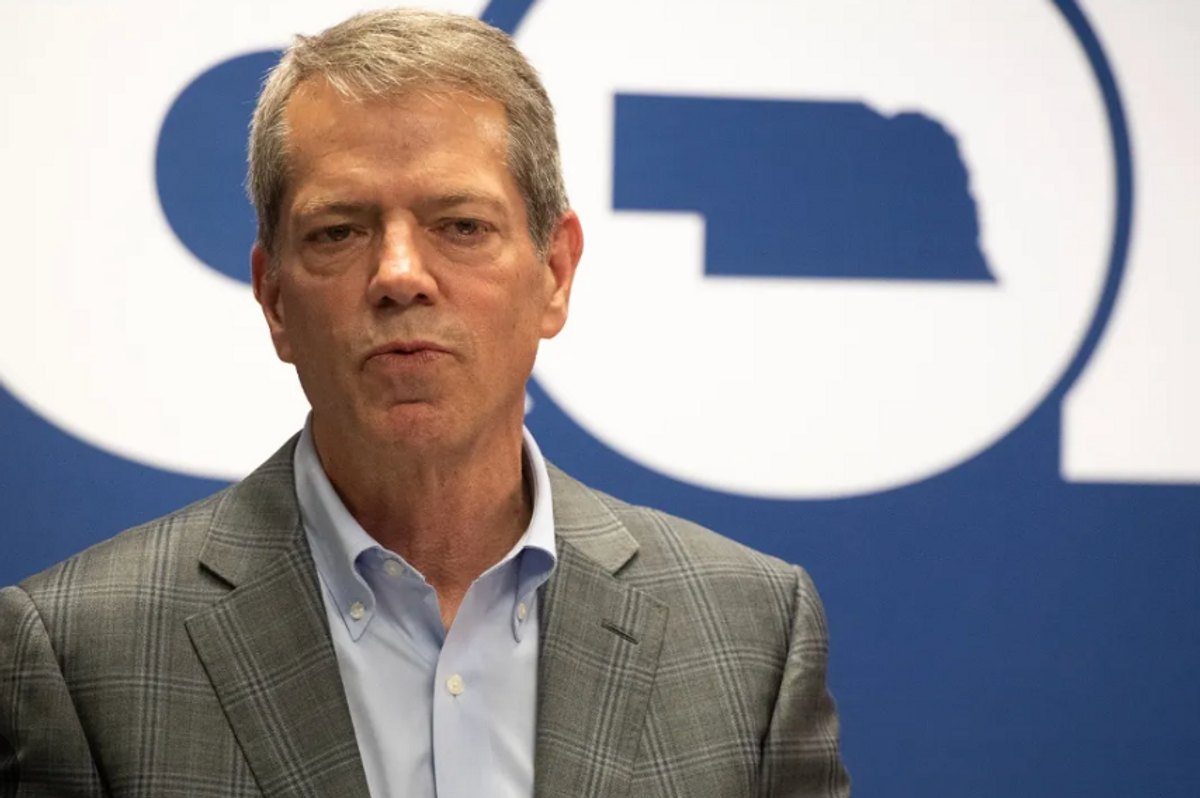
By Carol J. Williams, Los Angeles Times (TNS)
The architects of the European Union set out decades ago to create an alliance free of national obstacles to the movement of people and the products of their labor.
No customs checks or passport control would be necessary when crossing the internal borders. The absence of tariffs on goods or barriers to employment was supposed to foster competition, efficiency and innovation.
The economic powerhouse that was supposed to arise was expected to share the wealth with the less fortunate, viewing the plight of refugees and asylum-seekers as its moral obligation to alleviate.
But the blueprint for a borderless Europe emerged 30 years ago, before mass-scale terrorism became an ever-present danger and civil wars in Africa and the Middle East spurred migration of historic proportions.
On a continent now guided more by security concerns than altruism, the viability of open borders is being questioned by leaders and citizens alike. And the disparate attitudes toward migrants among the 28 states in the EU is inflicting social discord and shaking faith in some of its fundamental commitments.
Here is a look at the causes of Europe’s migration crisis, the patchwork of rules and practices for granting asylum and the alliance frictions resulting from this summer’s historic tide of desperation:
Q: Why has the volume of refugees risen so dramatically in the past few years?
A: The number fleeing war and persecution hasn’t been greater since World War II, the U.N. Office of the High Commissioner for Refugees reported at the end of 2014. More than 60 million people have been displaced by conflicts in Syria, Afghanistan, Iraq, Libya, Yemen, Ukraine and elsewhere, and the violence is expected to drive hundreds of thousands more to seek asylum this year and next.
Refugees from the civil war in Syria, in its fifth year, constitute the largest share of the displaced, and together with Afghans and Somalis, both still in the throes of sectarian conflict, they comprise more than half of the new refugees counted last year.
Q: Where do most of those fleeing conflict seek refuge?
A: Neighboring Turkey, Lebanon and Jordan were the main recipients of the Syrian exodus until this spring, when warm temperatures and calm waters lured thousands each day to take to the Mediterranean Sea in overcrowded boats headed for the promise of stability and a better life in Europe. More than 500,000 have reached EU territory this year, mostly through southern countries that are reeling under the burden to care for them.
The U.N. says more than 2,600 migrants have died this spring and summer attempting the perilous journey — many of them drowning when unseaworthy vessels capsized or suffocating in packed holds of ships and cargo containers.
Q: What happens to the migrants when they reach Europe?
A: Most EU countries are part of the Schengen Area, the virtually borderless land mass that is home to 400 million and was created by a 1985 treaty named for the village in Luxembourg where it was signed. The free-movement zone includes 22 EU states plus Iceland, Liechtenstein, Norway and Switzerland. The Schengen treaty was supplemented in 1990 with the Dublin Rules, which require those seeking asylum to register in the country where they first cross into Schengen territory and are then free to travel within it.
However, the countries of the alliance have never agreed on what foreign conflicts qualify fleeing citizens for EU asylum. Nor has there been a common policy developed on what conditions should be created for those appealing for refuge. That has led to the migration free-for-all currently afflicting Europe. Many of the migrants arriving in Greece and Italy decline to make their asylum requests in countries that herd the arrivals in squalid camps and offer little prospect of being permitted to settle and find work. Instead, they try to make their way to Germany, Austria or Scandinavia, where the vast majority of war refugees receive good care.
Q: Which countries are most responsive to the migrants’ plight?
A: Germany, Europe’s largest and wealthiest state, has taken the lead in welcoming migrants leaving Syria and other dangerous venues. Nearly 550,000 have flooded its reception centers this year, and 800,000 are expected by year’s end.
Less hospitable EU members, such as Hungary and the Czech Republic, have criticized German Chancellor Angela Merkel for spurring the refugee crisis inundating the continent by offering benefits few other states can afford to provide. She threw the reproach back at her critics Tuesday, saying Germany’s open door should come as “no surprise given the situation in Syria” and should be emulated by all EU countries.
While Germany has taken in the most migrants, Sweden has welcomed far more as a percentage of its size, with 230,000 arrivals adding more than 2 percent to its population.
Q: How is the influx of refugees affecting European Union cohesion?
A: Founding principles of the alliance define asylum as a fundamental right of those facing the dangers of armed conflict or oppression. But EU states struggling with high unemployment and recession are loath to add to their burdens by taking in impoverished refugees.
Hungary has built a razor-wire fence to keep them out. Authorities in bankrupt Greece have looked the other way as migrants slip out of detention camps and head north for better prospects. Non-EU countries such as Serbia and Macedonia have been shuttling arrivals to the Hungarian border, where they can enter the Schengen zone and get on with their journeys.
The crisis has stirred debate about the wisdom of unregulated movement across European countries at a time when extremists are targeting Western civilization.
But the internal EU frictions emanate more from the economic inequities of the member countries. Spain, for example, where one in four adults is unemployed, in principle has rejected proposals for mandatory refugee quotas and in practice has taken in the smallest number relative to its population — 45 per 100,000 citizens compared with Sweden’s 2,359 per 100,000.
(c)2015 Los Angeles Times. Distributed by Tribune Content Agency, LLC.
Photo: Migrants arrive to the main railway station in Munich, Germany, September 1, 2015. REUTERS/Lukas Barth. Graphic: Tribune Content Agency.



